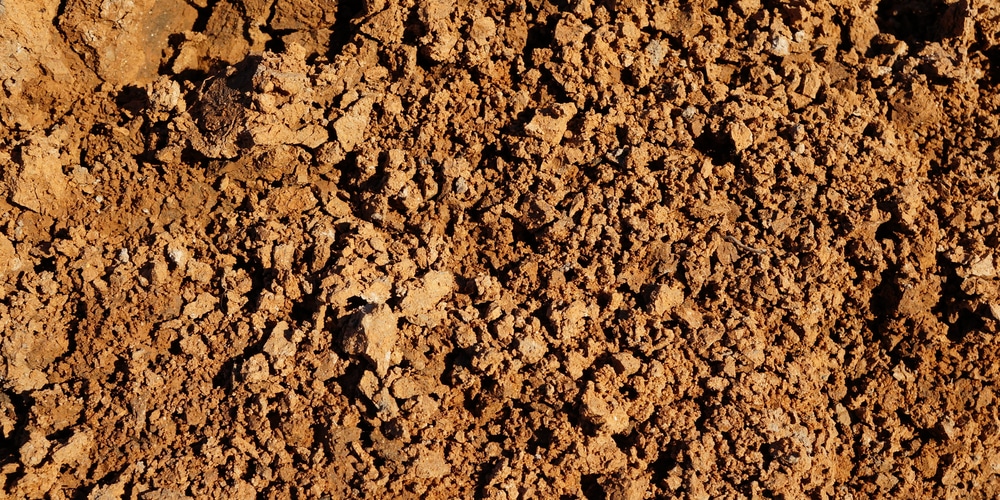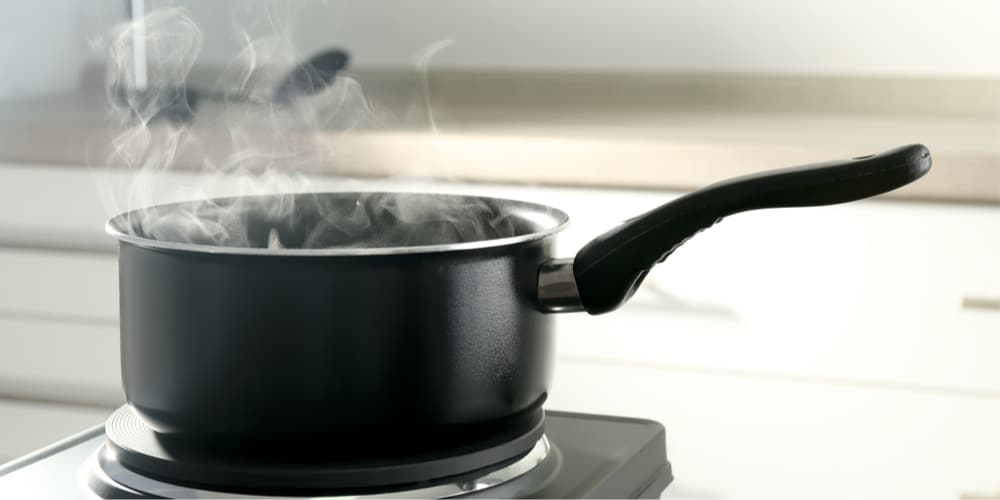When soil becomes contaminated with root rot, it can be challenging to know how to proceed. Root rot is caused by a powerful fungus that thrives in damp, warm conditions, and once it takes hold in the soil, it can be nearly impossible to defeat. If you’re facing soil with root rot, you can do a few things to try to save it.
Sterilizing the soil is the most effective way to get rid of root rot. This will kill the fungus and any other harmful microbes that might be present. This problem is common among gardeners – new or experienced – so don’t feel like you’re alone in this.
You’ve Noticed Root Rot: What Should You Do Now?

The first step is to figure out how widespread the problem is. Is the root rot only affecting a few plants, or has it spread throughout your garden? Understanding the severity of the problem will help you decide how to best proceed.
If the root rot only affects a few plants, you can try to save them by carefully removing the affected roots and disposing of them. Be sure to sterilize your tools before and after use to avoid spreading the fungus. You can then replant in fresh, sterile soil.
If the root rot has spread throughout your garden, you’ll need to take a more drastic approach. This may sometimes mean starting from scratch. Carefully remove all of the plants and dispose of them, unfortunately.
Then, sterilize the soil using a method like solarization or chemical fumigation. Once the soil is sterile, you can replant your garden.
Sterilizing the soil is an important part of the process. Skipping on it will only increase the chances of this problem returning. Once the fungus takes hold, it can be difficult to get rid of it.
Sterilizing the Soil to Get Rid of Root Rot
Root rot can be a frustrating problem, but it doesn’t have to mean the end of your gardening efforts. Remember not to skip the sterilization part. This is the most crucial step in ensuring that the root rot fungus is really gone for good. There are two main ways of sterilizing the soil to get rid of root rot:
Using Hydrogen Peroxide
Hydrogen peroxide is a powerful disinfectant and can be used to sterilize the soil. It kills all fungus and bacteria in the soil, including root rot. It aerates the soil as well, which helps to improve drainage.
To use hydrogen peroxide, mix one-part hydrogen peroxide with two parts water. Then, pour the mixture over the affected area and allow it to soak in for about an hour. However, one thing you should remember is that hydrogen peroxide kills the bad and the good bacteria. This means that you’ll need to add some back after using it. You can do this by adding compost or other organic matter to the soil.
Using Solarization
Solarization is the process of using the sun’s heat to kill the root rot fungus and any other harmful microbes in the soil. It’s a natural way of sterilizing the soil and doesn’t require any chemicals.
To solarize the soil, water it thoroughly and then cover it with a clear tarp. The tarp will trap the sun’s heat and create an environment that is too hot for the root rot fungus to survive in. Leave the tarp in place for at least six weeks or until the soil has had a chance to heat up.
Once you’ve sterilized the soil, you can replant your garden. Be sure to choose plants that are resistant to root rot and take steps to prevent the fungus from returning. These include watering at the base of the plant, avoiding overwatering, and planting in well-draining soil.
This is by far one of the simplest and most effective methods to get rid of root rot. Some gardeners may find it a bit tedious, and it takes longer than other methods, but it is definitely worth it in the long run.
Boiling Water or Steam
The concept is pretty simple. All you need is a pot of boiling water or a steam cleaner. You have to be careful with this method, though. Boiling water can easily damage plant roots, so be sure to pour it over the affected area only. Assuming that you don’t have any plants growing there, of course.
If you’re using a steam cleaner, be sure to keep it moving. If you focus on one spot for too long, you can damage the roots. Steam is also more effective than boiling water, so it’s the best option if you have one available.
This method is quick and easy but does come with a few risks. Be sure to take care when using boiling water or steam.
Chemical Fumigation
This method is a bit more extreme and should only be used as a last resort. Chemical fumigation involves using chemicals to kill the root rot fungus and other harmful microbes in the soil. This method can be effective, but it’s also very dangerous. The chemicals can be detrimental to humans, animals, and the environment.
If you decide to use chemical fumigation, remember that doing it yourself isn’t recommended unless you’re a trained professional. It’s best to hire someone who knows what they’re doing and can take the necessary precautions.
Chemical fumigation is definitely not something to be taken lightly. It should only be used as a last resort when all other methods have failed.
How to sterilize soil with root rot: Final Thoughts
Once root rot has taken hold in your garden, it can be challenging to get rid of. However, with a bit of patience and the proper method, you can free your garden of this pesky fungus for good.
There’s no one-size-fits-all solution, so experiment with different techniques until you find one that works for you.
Once you’ve sterilized the soil, remember to take preventative measures to keep root rot from returning.
These include planting in well-draining soil, watering at the base of the plant, and avoiding overwatering. With a little effort, you can have a healthy and thriving garden in no time.
Related Article: How to Get Rid of Dog Urine Smell Outside?

